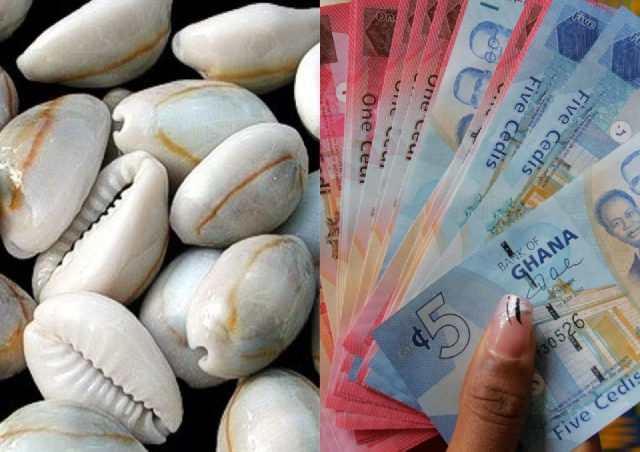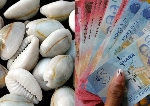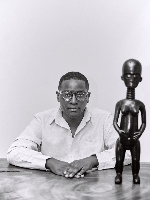Cedi at 60: What you need to know about Ghana’s legal tender
 Cedi's history
Cedi's history
The word "cedi" comes from the Akan word "sidi," which means porcelain-like cowry shells, once used as currency on the Gold Coast.
The porcelain-like shells first reached West Africa in the 14th century through Arab merchants.
Cowries were used as a medium of exchange of goods and services alongside coins and gold dust until 1901 when the first modern coins manufactured solely for the Gold Coast were introduced.
The Ghanaian pound was the new republic’s first post-independence medium of exchange from 1958 to 1965.
After Ghana gained independence, it discontinued the use of the British West African pound, which was the currency of some British colonies.
In July 1965, Kwame Nkrumah, Ghana’s first President introduced cedi notes and pesewa coins in place of the Ghanaian pounds, shillings, and pence.
After the February 1966 military coup, the anti-Nkrumah wave introduced the new cedi, which circulated from 1967 to 2007.
In 2007, under the leadership of former President John Agyekum Kufuor , it took six months for the new notes and coins (the Ghana cedi) to replace the existing ones.
The Bank of Ghana has been in charge of issuing all Ghanaian currency since 1958.
Today , Ghana is celebrating 60th anniversary of the cedis.
The Cedi@60 anniversary is a celebration of six decades of monetary sovereignty, history and the pride of Ghana’s financial and cultural identity.
Source: Classfmonline.com/ Abigail Bodo
Trending Features

British-Ghanaian lawyer Bianca Akweley Clinton marks 20 years at the Bar
19:02
The death of critical thinking and the rise of collective stupidity as an existential threat
08:32
Cybersecurity and Constitutional Order: Why ILAPI calls for redress before Ghana’s Cybersecurity (Amendment) Bill becomes law
23:32
Cedi at 60: What you need to know about Ghana’s legal tender
15:04
From shells to screens: Experience 60 years of the Ghana cedi in augmented reality
10:38
Hair, discipline, and identity: The debate over SHS haircut rules in Ghana
10:07
Beyond A and B schools: Addressing educational inequality through political reform
18:30
Why V. L. K. Djokoto could be Ghana’s future
17:37
Fighting a silent killer: How vitamin C could transform triple-negative breast cancer outcomes for young African women
15:38
Technology meets tradition: How smart health is trying to deal with diabetes
11:51




